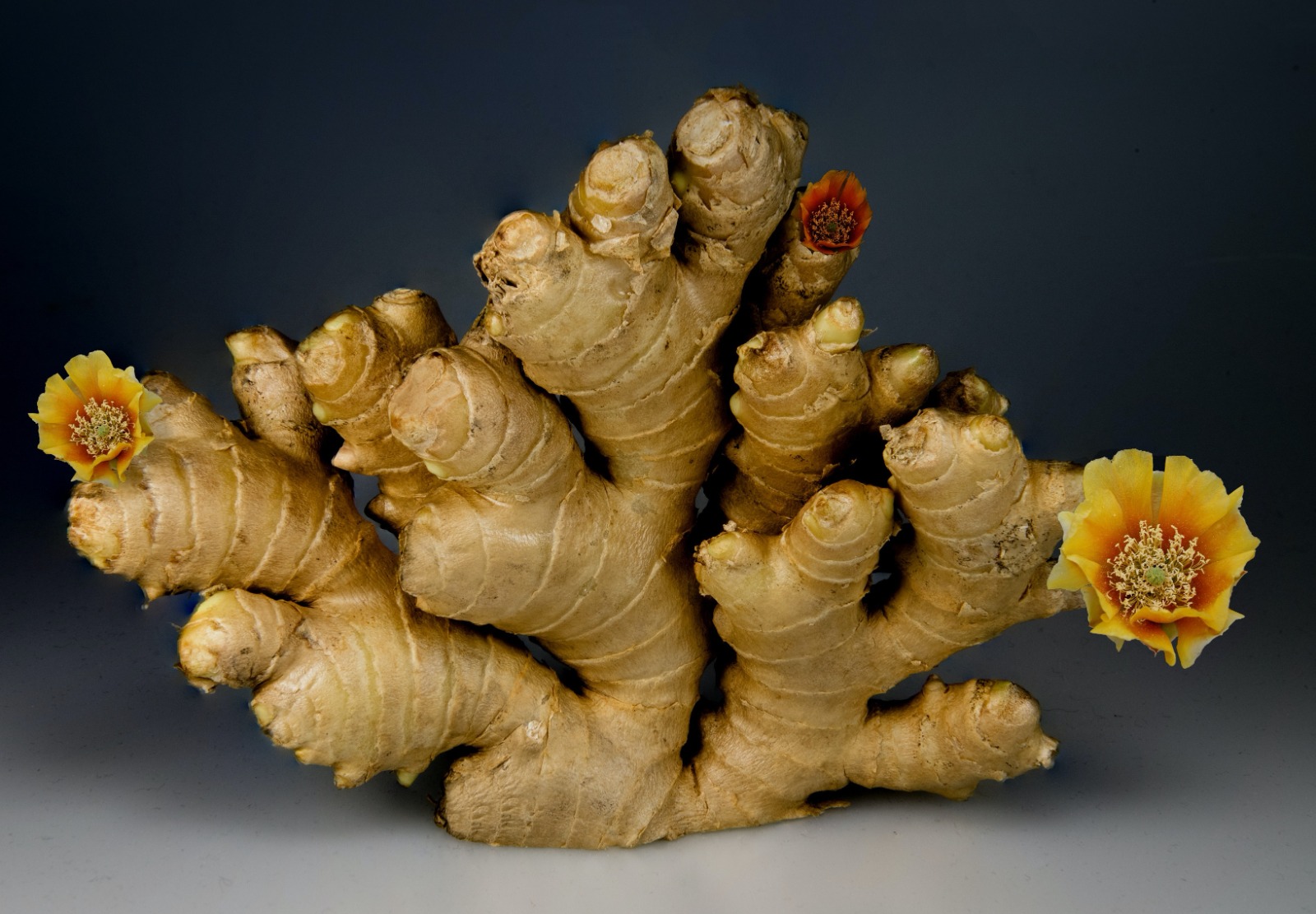Comparison of the potencies of ginger (Zingiber officinale) and fennel (Foeniculum vulgare) in ameliorating dysmenorrhea pain: A systematic review

Downloads
HIGHLIGHTS
- Dysmenorrhea pain could be reduced through various non-pharmacological treatments, including administration of ginger (Zingiber officinale) and Fennel (Foeniculum vulgare) which had been shown to significantly reduce the dysmenorrhea pain intensity.
- The dysmenorrhea pain intensity reduction due to the administration of the natural herbs was not as significant as compared to the ibuprofen or mefenamic acid administration.
ABSTRACT
Objective: We aimed to compare the effect of ginger and fennel herbs treatment in reducing dysmenorrhea pain intensity.
Materials and Methods: We used a systematic review method employing the PRISMA chart. PubMed, Science Direct, Scopus, and EBSCO were searched which resulted in 418 compatible literature. Among the studies found, 13 works of literature that met the PICO inclusion criteria were included in this study. The study subjects involved women aged 15 to 25 years old who experienced dysmenorrhea, had normal or high BMI levels, consumed or did not consume oral contraceptive pills (OCP), and had normal menstrual cycles.
Results: The results presented significant decreases in pain intensity in 11 studies, while the two others have shown otherwise. The two studies, with insignificant results, failed to determine the optimum dose to produce the desired analgesic effects.
Conclusion: The administration of herbal ginger is considered more effective in reducing the intensity of dysmenorrhea pain.
Melin UN, Soleha TU. Manfaat kunyit asam (Curcuma domestica Val) terhadap Dismenore. Majority. 2016;5(1):129-133.
Larasati TA, Alatas F. Dismenore primer dan faktor risiko dismenore primer pada remaja. Majority. 2016;5(3): 79-84.
Dewi NP, Solehati T, Hidayati NO. Kualitas hidup remaja yang mengalami dismenore di SMK Negeri 2 Sumedang. Jurnal Ilmiah Manuntung. 2018;4(2): 129-42. doi: 10.51352/jim.v4i2.192.
Sanjiwani IA. Dismenore primer dan penata-laksanaan non farmakologi pada remaja. Literature Review. Denpasar; Program Studi Ilmu Keperawatan Fakultas Kedokteran Universitas Udayana. 2017.
Ghodsi Z, Asltoghiri M. The effect of fennel on pain quality, symptoms, and menstrual duration in primary dysmenorrhea. J Pediatr Adolesc Gynecol. 2014(5):283-6. doi: 10.1016/j.jpag.2013.12.003. Epub 2014 Jul 30. PMID: 25085020.
Smith R, Kaunitz A. 2015. Primary dysmenorrhea in adult women : clinical features and diagnosis. [Internet] Walter Kluwers. Up To Date [updated 2015]. Available from: https://www.uptodate.com/ contents/dysmenorrhea-in-adult-females-clinical-features-and-diagnosis
American College of Obstetricians and Gynecologists. Management of preterm labor. [Internet] [updated 2016; cited 2021 May 15]. Available from: http://emedicine.medscape.com/ article/975909-treatment#showall.
Morehead A, McInnis LA. Herbal supplements for common women's health issues. Nurs Clin North Am. 2021;56(1):69-78. doi: 10.1016/j.cnur.2020. 10.006. Epub 2020 Dec 29. PMID: 33549287.
Xu Y, Yang Q, Wang X. Efficacy of herbal medicine (cinnamon/fennel/ginger) for primary dysmenorrhea: a systematic review and meta-analysis of randomized controlled trials. J Int Med Res. 2020;48(6):300060520936179. doi: 10.1177/ 0300060520936179. PMID: 32603204; PMCID: PMC7328489.
Trachtenberg F, Maserejian NN, Soncini JA, et al. Does fluoride in compomers prevent future caries in children? J Dent Res. 2009;88(3):276-9. doi: 10.1177/0022034508330884. PMID: 19329464; PMCID: PMC2762208.
Nursalam. Sosialisasi panduan penyusunan skripsi bentuk literature review dan systematic review [How to arrange thesis using literature review and systematic review]. Surabaya: Fakultas Keperawat-an Universitas Airlangga; 2020.
Sultan S, Ahmed Z, Afreen A, et al. Analgesic effect of ginger and peppermint on adolescent girls with primary dysmenorrhea. Food Science and Technology. 2021:41(4);833-9. doi: 10.1590/fst. 24820
Kashefi F, Khajehei M, Tabatabaeichehr M, et al. Comparison of the effect of ginger and zinc sulfate on primary dysmenorrhea: a placebo-controlled randomized trial. Pain Manag Nurs. 2014;15(4): 826-33. doi: 10.1016/j.pmn.2013.09.001. Epub 2014 Feb 20. PMID: 24559600.
Nasehi M, Sehhatie F, Zamanzadeh V, et al. Comparison of the effectiveness of combination of fennel extract/vitamin E with ibuprofen on the pain intensity in students with primary dysmenorrhea. Iran J Nurs Midwifery Res. 2013;18(5):355-9. PMID: 24403936; PMCID: PMC3877456.
Abadi MD, Vakilian K, Aghdam NSZ, et al. The Effect of Valerian and Ginger on Dysmenorrhea: A Randomized Clinical Trial. International Journal of Women's Health and Reproduction Sciences. 2018;8(1):101-5. doi: 10.15296/ijwhr.2020.15.
Jenabi E. The effect of ginger for relieving of primary dysmenorrhoea. J Pak Med Assoc. 2013 Jan;63(1):8-10. PMID: 23865123.
Shirvani MA, Motahari-Tabari N, Alipour A. The effect of mefenamic acid and ginger on pain relief in primary dysmenorrhea: a randomized clinical trial. Arch Gynecol Obstet. 2015;291(6):1277-81. doi: 10.1007/s00404-014-3548-2. Epub 2014 Nov 16. PMID: 25399316.
Pakniat H, Chegini V, Ranjkesh F, et al. Comparison of the effect of vitamin E, vitamin D and ginger on the severity of primary dysmenor-rhea: a single-blind clinical trial. Obstet Gynecol Sci. 2019;62(6):462-468. doi: 10.5468/ogs.2019. 62.6.462. Epub 2019 Oct 15. PMID: 31777743; PMCID: PMC6856484.
Adib Rad H, Basirat Z, Bakouei F, et al. Effect of Ginger and Novafen on menstrual pain: A cross-over trial. Taiwan J Obstet Gynecol. 2018;57(6): 806-809. doi: 10.1016/j.tjog.2018.10.006. PMID: 30545531.
Rahnama P, Montazeri A, Huseini HF, et al. Effect of Zingiber officinale R. rhizomes (ginger) on pain relief in primary dysmenorrhea: a placebo randomized trial. BMC Complement Altern Med. 2012;12:92. doi: 10.1186/1472-6882-12-92. PMID: 22781186; PMCID: PMC3518208.
Modaress Nejad V, Asadipour M. Comparison of the effectiveness of fennel and mefenamic acid on pain intensity in dysmenorrhoea. East Mediterr Health J. 2006;12(3-4):423-7. PMID: 17037712.

This work is licensed under a Creative Commons Attribution-NonCommercial-ShareAlike 4.0 International License.
1. Copyright of the article is transferred to the journal, by the knowledge of the author, whilst the moral right of the publication belongs to the author.
2. The legal formal aspect of journal publication accessibility refers to Creative Commons Attribution-Non Commercial-Share alike (CC BY-NC-SA), (https://creativecommons.org/licenses/by-nc-sa/4.0/)
3. The articles published in the journal are open access and can be used for non-commercial purposes. Other than the aims mentioned above, the editorial board is not responsible for copyright violation
The manuscript authentic and copyright statement submission can be downloaded ON THIS FORM.



















